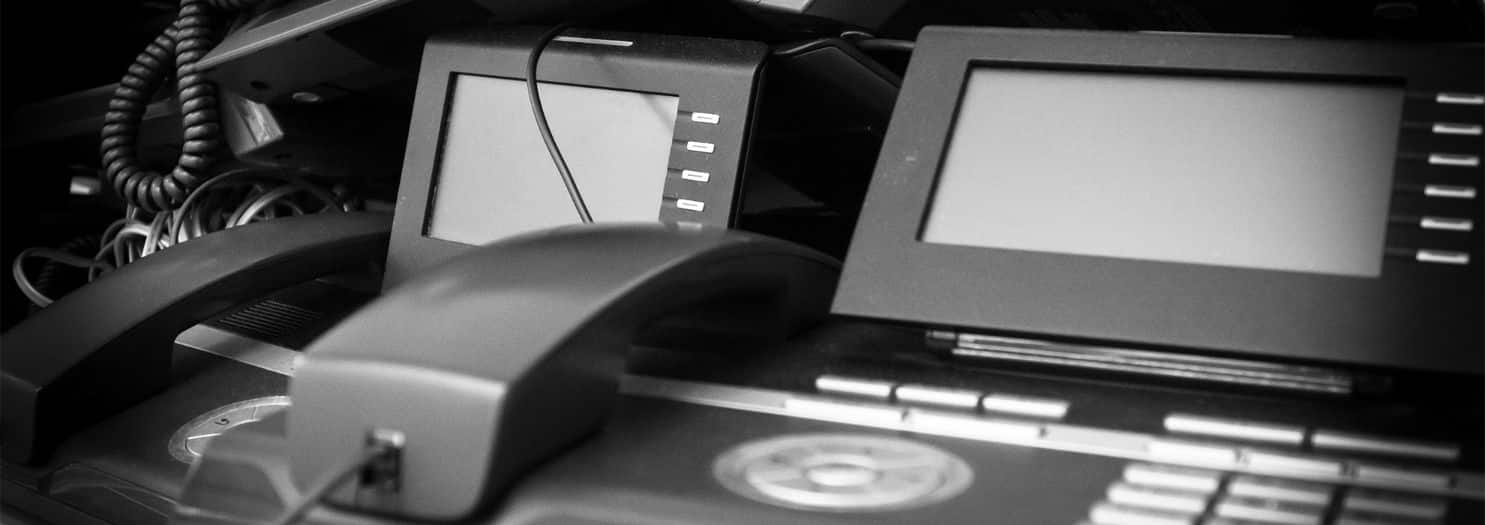Computer & electronic recycling in Beaconsfield
The computer has become an everyday tool, but we sometimes forget all the risks that this device can run. Indeed, some elements of this material are harmful to the environment. Essential computer elements such as lead, copper and mercury have specific properties in their operation. Like the data transfer option, connection stability and performance of individual components. Yet all of these components have significant environmental and human impacts. For example, lead is toxic to plants and animals, mercury is a health hazard and, in the case of copper, its release into the environment is a real catalyst for ecosystem degradation.
Therefore, it is no longer a mystery that the maintenance of computer equipment is a very sensitive subject. From this point of view, the use of recycling has become the most appropriate option. Simply reuse your old computer electronics and other rebuildable items so you don’t have to throw them away. Computer recycling is an environmental commitment. So if you are in the city of Beaconsfield, you can choose to recycle your computer.
Computer recycling on Beaconsfield: the magnifying glass on components
In Beaconsfield, the recycling of computing devices is studied on a case-by-case basis, but it is also taken on a widespread basis. It will be easy for you to recycle your RAM, processor or hard drive, etc.
The motherboard: The circuit system

One of the essential parts of a computer is the motherboard. This is the main element that keeps your computer running and keeps all the other components together. Technically, a motherboard is a board with multiple layers printed on it to create a circuit system consisting of a series of conductive tracks. In computers, it is these traces that put energy back into various more concrete elements.
It is important to note that motherboards are recyclable items that can be resold on the market. So if you’re looking to replace your motherboard and plan to get rid of the old one, consider going green and recycling with Beaconsfield.
The PCI card: The network connector
A PCI card contained in the same circuit as the motherboard is where the computer connects. This is a card that offers network options such as WiFi and improves connection speeds. Pairing two PCI adapters increases connection performance tenfold. This computer card is shock resistant and is easy to repair and recycle so as not to have a devastating effect on the environment. Please recycle PCI cards for the ecosystem in the City of Beaconsfield.
Hard Drive and RAM: Burning Memories
Computers are equipped with two memory capacities: a hard drive, which serves as a permanent data store, and RAM also known as RAM, which serves as a buffer data burning. Unlike the hard drive, data burned to RAM is automatically deleted after your computer restarts.
Hard drives are repairable, recyclable and adaptable. The parts can be used to repair another hard drive, even in case of significant damage. As for RAM, its recycling process is simple and easy. However, like the hard drive, the RAM part can be recovered before processing to handle other components. Beaconsfield recycles storage drives with ecosystem enhancement services.
The processor: The command executor
The processor or CPU is the element that ensures the execution of commands and the execution of submitted tasks. This element is composed of several compartments.
Recycling this component requires state-of-the-art processing so that particles don’t pollute the environment, and if you’re on Beaconsfield, make it easy to recycle your processor into ecosystem preservation standards.
Recycling of computer equipment in three steps
Computer recycling is done in 3 steps:
- The sorting phase consists of the separation of the various components. They will be distinguished according to their uses and sorted for a purge before the recycling action;
- The reconditioning phase consists of checking each component of the computer before their rehabilitation. This phase involves the dismantling of the central unit in order to evaluate each element. Depending on their condition, they can be recycled as a spare part, design or can also be resold with warranty;
- The third phase consists of treatment, i.e. the actual recycling of parts that are too damaged. The components will be distributed either directly to the foundry or directly to the mill and then incinerated.


